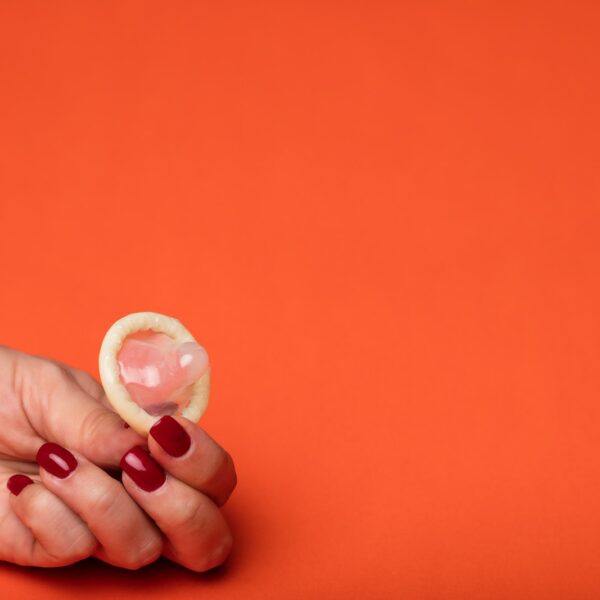The male urethra is a small tube that allows for the passage of semen and urine. It also plays a key role in sexual function and reproductive health.
Knowing the lifespan of sperm in the urethra can help men protect their fertility health and ensure their little swimmers reach their destination safely. This article will explore the various factors that shape sperm viability in this sensitive environment.
Ejaculation
Sperm do not survive very long outside the body. They typically die within a few minutes on cold, dry surfaces. When a man ejaculates, the semen is pushed out of his body through the male urethra. A single ejaculate can contain as many as 500 million sperms. The semen and the urine don’t mix together, which is one reason why sperm can survive for so long in a man’s urethra.
However, the length of time sperm survives in the urethra is dependent on several factors, including temperature and moisture levels. A man’s urethra is relatively warm and moist, making it ideal for sperm survival – This part was constructed by the service’s editors sexetchat.com. Sperm can survive for up to 72 hours in the urethra, even if he urinates or cleans himself after sex.
Men can also make a significant difference to sperm viability by ensuring that their lifestyle choices are supportive of sperm health. This includes avoiding environmental toxins, consuming healthy foods and drinks, and maintaining proper hormone regulation. Moreover, men should avoid certain medications and medical conditions that may impact sperm health and fertility outcomes. Taking the appropriate precautions and consulting healthcare experts can help men optimize sperm health and increase their chances of conception.
Intercourse
Sperm cells have a very short window for survival when they are expelled outside their natural environment inside the male body. Multiple factors shape how long this window is, including health and environmental influences.
Ejaculated sperm typically die after about 30 minutes on surfaces and skin — depending on the temperature of the surface they are exposed to. For example, sperm on a cold bed sheet dry much faster than those on a warm body or hand.
During intercourse, millions of sperm combine with seminal fluid to form semen, the fluid released during arousal and sexual activity. When semen is ejaculated, it travels from the penile shaft to the urethra through the vas deferens and ducts. This is an essential step in a couple’s sexual encounters.
However, this stage is not without obstacles. Upon entering the woman’s reproductive tract, semen faces a number of natural barriers, including abrupt constrictions at the cervix and thick cervical mucus. As a result, less than 1% of sperm survive this journey.
To increase their chances of success, sperm should be ejaculated close to the time of sexual intercourse and should reach the egg within a female’s fertile window. This can be difficult to accomplish if there’s a delay between ejaculation and sexual intercourse, and may be even more challenging if men are dealing with conditions like erectile dysfunction or low testosterone levels that impact sperm viability.
Urination
Sperm travel through the urethra (the tube-like structure that carries urine and semen out of the body). This is a harsh environment for these tiny swimmers, but they’re determined to keep moving towards fertilizing an egg.
When a man is sexually aroused, sperm mixes with the white-coloured liquid produced by the prostate gland and seminal vesicles. This mixture is called semen, and it’s ejected during sex. If a man doesn’t ejaculate, his body breaks down and resorbs the sperm cells.
Urination is a critical part of the sperm survival process because it prevents bacteria from entering the bladder and causing a urinary tract infection. A man should always practice good bathroom hygiene by taking his time when urinating, emptying the bladder completely, and wiping from front to back. It’s also important to use a clean sock after urinating to avoid contaminating the semen with bacteria from the anus.
Sperm can survive for about 20-30 minutes outside the body, and their longevity depends on the temperature of the surroundings. For example, if they’re on a hard surface that’s 98.6 degrees Fahrenheit, they’ll dry up faster than if they were on a hand or another area of the skin that’s less sensitive to temperature changes. On the other hand, if they’re on a soft surface, like a toilet seat, they’ll likely last longer, but not much longer than that.
Hygiene
While the urethra might seem like a minor part of sperm’s journey towards fertilization, it is crucial for their viability. As a result, it’s important to take precautions to maintain proper hygiene in order to protect your little swimmers. This includes washing any clothing that may come into contact with semen, practicing safe sex and using appropriate forms of birth control.
Sperm can survive in the urethra for up to two hours after ejaculation. This is because their walls are coated with proton pumps that allow them to retain an alkaline pH within their bodies, while excluding protons from entering. Unfortunately, this is not enough to safeguard sperm from the hostile environment created by their release into the urethra. The acidic pH levels present in urine and various chemicals and hormones can significantly reduce sperm viability, and can even lead to unintended pregnancies and sexually transmitted diseases.
Some people incorrectly assume that urinating after sex flushes sperm from the body. However, sperm can only be found in male ejaculate and not in urine. Urine is released through a separate tube from the penis, and cannot mix with semen.




Leave a Comment